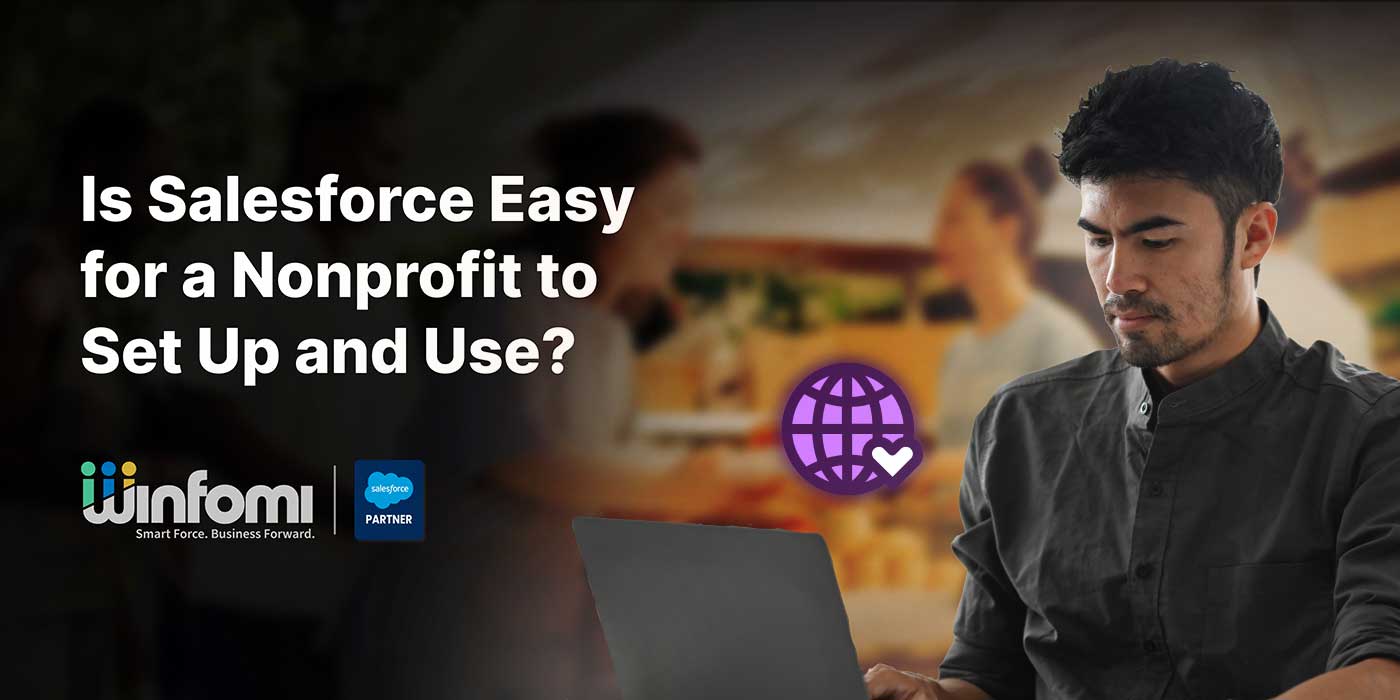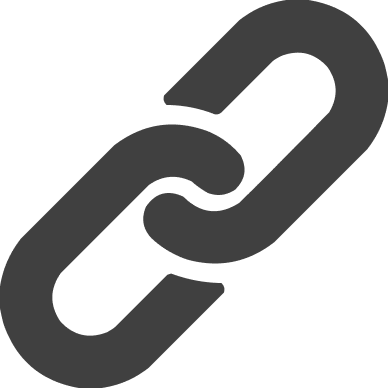

Share:
Table Of Contents
- Is Salesforce Easy for a Nonprofit to Set Up and Use?
- How Does Salesforce Support Nonprofit Organizations?
- Key Features of Salesforce for Nonprofits
- Is There a Learning Curve for Nonprofits Adopting Salesforce?
- What Are the Costs Associated with Salesforce for Nonprofits?
- How Can Nonprofits Get Started with Salesforce?
- What Support Does Salesforce Offer to Nonprofits?
- Can Salesforce Integrate with Other Tools?
- How Does Salesforce Ensure Data Security for Nonprofits?
- Conclusion
Is Salesforce Easy for a Nonprofit to Set Up and Use?
Salesforce offers powerful tools to help nonprofits streamline operations, improve donor engagement, and enhance overall impact. However, the ease of setup and use depends on several factors, including the organization’s size, technical expertise, and the availability of resources for training and support. While Salesforce is a versatile platform, nonprofits must assess if they have the necessary resources to implement and maintain it effectively.
How Does Salesforce Support Nonprofit Organizations?
Salesforce is dedicated to supporting nonprofits through Salesforce.org ,which offers specialized solutions such as the Nonprofit Success Pack (NPSP) to address unique nonprofit needs. Nonprofits can leverage this robust platform for fundraising, program management, marketing, and grants management.
Key Features of Salesforce for Nonprofits
- 1. Fundraising and Donor Management: Salesforce provides comprehensive tools for managing donors, tracking contributions, and automating donation campaigns. This feature gives organizations insights into donor behavior, helping them build long-term relationships.
- 2. Program Management: Nonprofits can organize and manage their programs efficiently, tracking their impact and ensuring resources are allocated effectively.
- 3. Marketing and Engagement: With Salesforce’s Marketing Cloud, nonprofits can create personalized communications with donors, volunteers, and constituents, enhancing engagement across multiple channels.
- 4. Grants Management: Salesforce’s grants management tools simplify the process of applying for, managing, and reporting on grants.
- 5. Analytics and Reporting: Salesforce offers robust reporting tools that allow nonprofits to measure performance and impact accurately, facilitating data-driven decisions.
Is There a Learning Curve for Nonprofits Adopting Salesforce?
Implementing Salesforce can be challenging, especially for nonprofits without dedicated tech staff. The platform’s flexibility and wide range of features come with a steep learning curve.
Challenges and Solutions in Learning Salesforce
- 1. Initial Setup: Many nonprofits find the setup process overwhelming. To mitigate this, organizations should consider partnering with Salesforce consultants or using the Salesforce Partner Program.
- 2. Staff Training: Nonprofit teams may lack experience with database management or CRM platforms. Utilizing Salesforce’s Trailhead modules and community forums can help staff gain essential skills.
- 3. Ongoing Adaptation: As Salesforce is continuously updated, it’s crucial for nonprofits to stay current. Regular training sessions can ensure teams are always up-to-date with the latest features.
What Are the Costs Associated with Salesforce for Nonprofits?
Salesforce offers a range of pricing options for nonprofits, making it accessible for organizations of different sizes and budgets.
Pricing Overview and Discounts for Nonprofits
- 1. Power of Us Program: This program offers eligible nonprofits 10 free Salesforce licenses for the Enterprise Edition, along with significant discounts on additional licenses and services.
- 2. Discounted Add-Ons: Nonprofits can access discounted pricing on add-ons like the Marketing Cloud and additional storage, helping organizations scale their use of Salesforce.
- 3. Flexible Pricing Tiers: Salesforce’s tiered pricing model enables nonprofits to start with a basic setup and expand as their needs grow, keeping costs manageable.
How Can Nonprofits Get Started with Salesforce?
Starting with Salesforce involves several steps, from planning and configuration to implementation and ongoing support.
Steps to Successfully Implement Salesforce
- 1. Define Goals: Organizations should identify their goals and how Salesforce can help achieve them, whether for fundraising, program management, or volunteer engagement.
- 2. Plan the Configuration: Nonprofits should decide how to configure Salesforce, taking advantage of the Nonprofit Success Pack (NPSP) for fundraising and donor management.
- 3. Gather a Team: Assigning dedicated staff or volunteers to oversee Salesforce implementation ensures accountability and smoother integration.
- 4. Migrate Data: Data migration is a crucial step. Organizations should clean and organize existing data to ensure it’s ready for import into Salesforce.
- 5. Train Staff: Once configured, staff training is essential. Nonprofits can use Salesforce’s Trailhead resources to familiarize the team with the platform.
- 6. Establish Ongoing Support: Identifying resources for ongoing support—whether through a Salesforce partner, consultant, or in-house team—ensures the nonprofit can address future challenges.
What Support Does Salesforce Offer to Nonprofits During Implementation?
Salesforce offers a variety of support options to guide nonprofits through the implementation process.
Resources for a Smooth Salesforce Onboarding
- 1. Salesforce.org Partner Network: Salesforce partners specialize in nonprofit solutions, helping organizations set up and customize Salesforce effectively.
- 2. Trailhead: This free, interactive training platform offers modules on every aspect of Salesforce, helping nonprofit staff develop the skills they need.
- 3. Customer Success Plans: These include additional support options, like 24/7 customer service and technical assistance, available to nonprofits at discounted rates.
- 4. Community Forums: The Salesforce community offers a wealth of resources, from forums to webinars, where nonprofits can connect with peers and Salesforce experts.
Can Salesforce Integrate with Other Tools Commonly Used by Nonprofits?
Salesforce’s AppExchange offers various integrations with tools commonly used by nonprofits, making it easy to centralize operations.
Popular Integrations for Enhanced Nonprofit Productivity
- 1. Donor Management Tools: Integrations with donor management tools like Donorbox streamline the donation tracking process.
- 2. Email Marketing Platforms: Tools like MailChimp integrate seamlessly with Salesforce, allowing nonprofits to manage email campaigns and donor communications in one place.
- 3. Event Management Apps: Event platforms such as Fonteva allow nonprofits to manage events and track attendee data.
- 4. Social Media and Communication: Hootsuite and Mogli SMS enable nonprofits to engage with supporters across different channels directly from Salesforce.
- 5.Accounting and Financial Tools:Integrations with platforms like QuickBooks make it easy to manage finances and generate reports.
How Does Salesforce Ensure Data Security for Nonprofits?
Salesforce takes data security seriously, providing nonprofits with various tools and features to protect sensitive information.
Security Measures for Protecting Nonprofit Data
- 1. Data Encryption: Salesforce offers data encryption to ensure all information is protected both at rest and in transit.
- 2. Access Controls: Role-based access allows organizations to control who can view or edit specific data, ensuring sensitive information remains secure.
- 3. Regular Security Audits: Salesforce conducts regular security assessments to address vulnerabilities and improve data protection protocols.
- 4.Global Standards:Compliance with Salesforce complies with global security standards, like GDPR and HIPAA, which is critical for organizations handling sensitive personal data.
- Audit Trail and Monitoring: Salesforce provides tools for monitoring data access and changes, which is essential for nonprofits in maintaining transparency and accountability.
Conclusion:
Salesforce offers powerful tools for nonprofits, enabling them to streamline operations, improve donor engagement, and enhance impact. Although it requires a learning curve and investment in setup and training, the benefits—such as increased operational efficiency, comprehensive data management, and strong community support—make it a valuable asset for many nonprofits. By leveraging Salesforce’s resources and integrations, nonprofits can position themselves for greater success and make a more significant difference in their communities.






